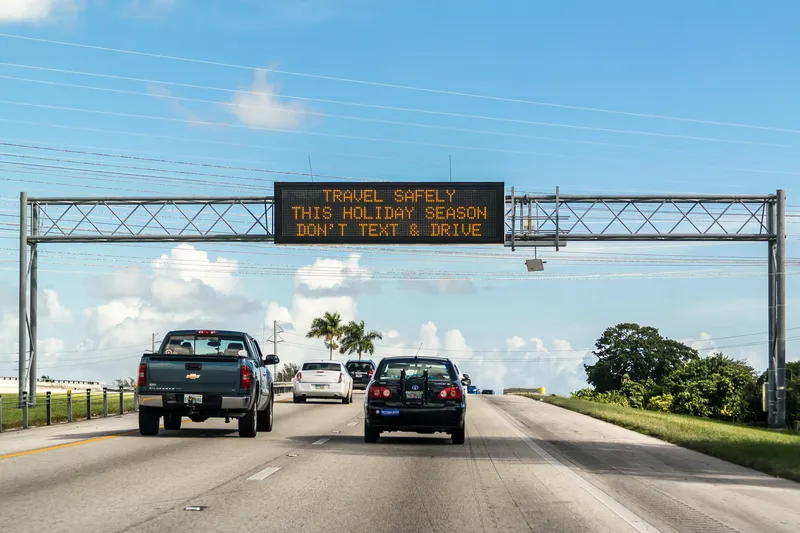Adaptive Display Solutions has announced that it has supplied a new generation of LED traffic signs to Virginia Department of Transportation (VDoT). The company supplied its 8700 Series 9 Rows x 18 columns signs that could house the NTCIP controller, redundant power supplies, and wireless communication modem with easy access from the front of the sign for servicing.
June 5, 2012
Read time: 1 min
The installation of the six electronic road signs was part of Virginia's ‘Reach the Beach’ project in the Hampton Roads area. The signs provide up-to-date travel times for those going to and from the beach.










